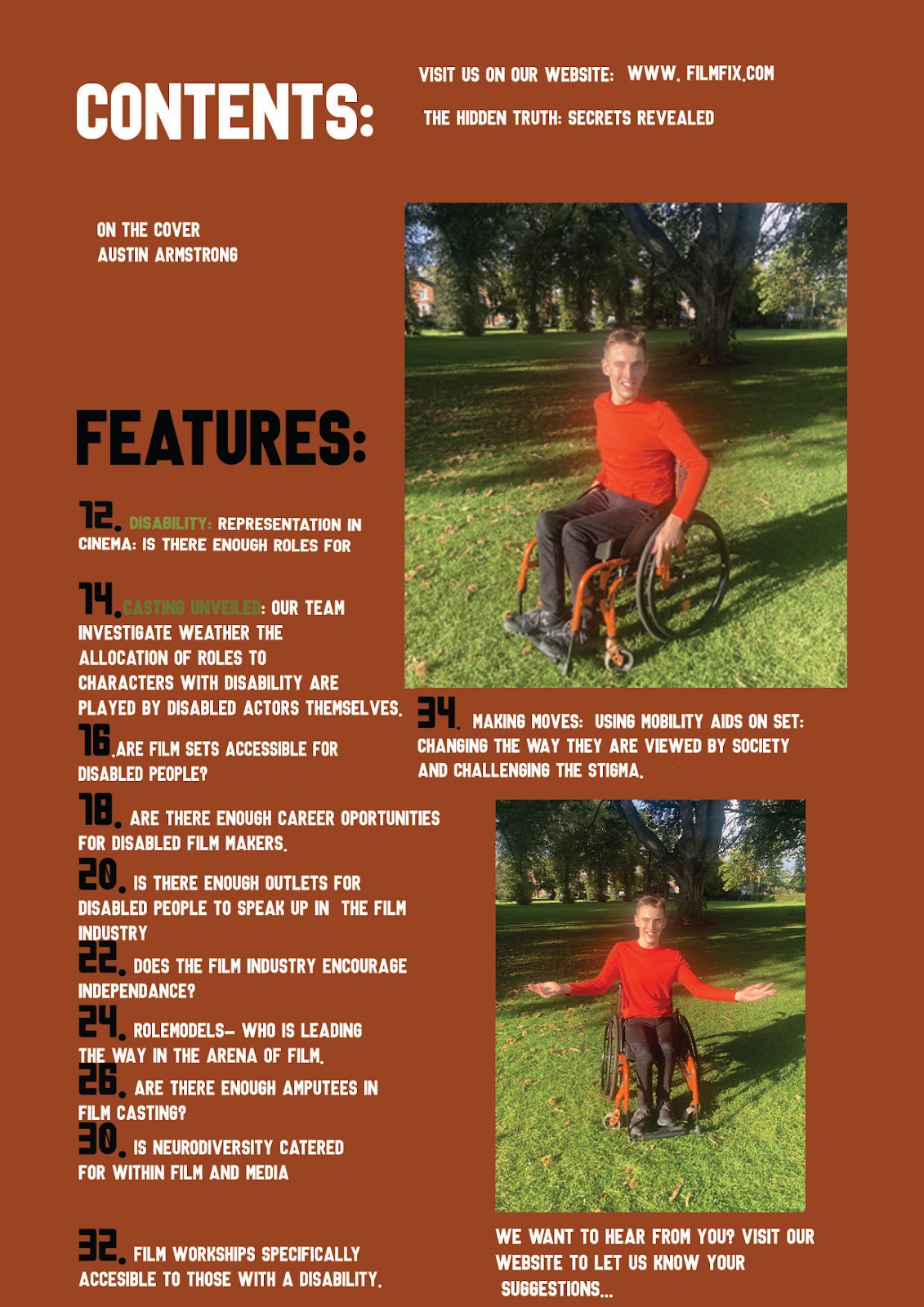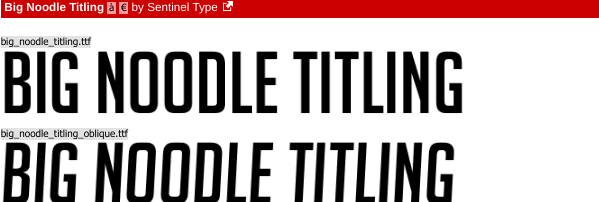Now it is time to ensure that you have a plan for your original photography in relation to casting and mise-en-scene.
In order to meet the set brief you will need to have, as a minimum,
- 4 original images for your magazine covers and contents pages (at least one image on each of these)
- 2 original images for your wesbite (one on the homepage and one on the linked page)
In order to be able to undertake a successful photoshoot to capture images you need a plan.
1. Who will you be using as your models for each photograph (bear in mind that your photographs need to show representation of two distinct social groups)
I recommend doing some sample photographs with people you are considering using as this will help you to see how they 'perform' when having a camera in their face and are being 'directed' by you.
In relation to 'representation of two distinct social groups' I would advise you keep it both simple and obvious by representing two different genders or two different ethnicities across the two covers.
For the directors issue I am going to use a middle aged male to represent the social group of males and the age demographic of 40-55.
For the diversity of the issue - use of a female/or myself as the disability demographic - 16-20
2. What thought needs to be given to the following elements of mise-en-scene?
Location for photography? Bear in mind that the two main images for each front cover must show "a different use of mise-en-scène". Simply put, you need to plan to take photos in two different settings. My advice would be to do one as an interior shoot and the other as an exterior shoot.
One will be inside - this will be the director, office location/classroom representing planning meeting.
Second - outside - recreational place - benches/park area showing integration into society.
Costume? What will your models be asked to wear for the photoshoots? Costume is a key element of mise-en-scene and communicates messages relating to representation. You should not have your models just turning up wearing what they want; you have to direct this.
For the director - smart formal business dress
For the diversity - causal clothes/normal attire
Props? Will you need any props for your photoshoots? This could be something very simple or something more elaborate BUT it has to be planned.
For the director - notebook and pen/laptop - pictures of diversity on the laptop showing planning meeting of previous shots taken. (looking at the front cover)
For the recreational shot - bench, coffee cups/drink bottle, wheelchair/mobility aid to show diversity- showing picnic/drink meet up etc
Body language of model? How do you want your models to behave? Their body language will communicate meaning. Are they going to be serious and moody or fun and frolicky*? *not a real word.
Director - serious and formal, showing professionalism and businesslike atmosphere more sincere.
recreational - informal chat, relaxed friendly chatting smiling.
Lighting? Will you need to give any consideration to lighting for your photography?
Director - dark background, with a focused light on the director showing shadow and the use of the laptop light coming through
recreational - natural daylight (hopefully sunny)
3. Who will be taking your photographs and what equipment will they use?
Remember that you do not have to take the photographs yourself so if you know someone who is a keen amateur (or professional) photographer then you can enlist their help. The only rule is that they must act under your direction.
There is no need to use expensive camera equipment for your photography - most modern mobile phones have extremely high performance in relation to photography.
Me, or family member under my direction, friend, under my supervision and direction.
Finally, if you need 6 photographs take 60 photographs. The more images you have to use and choose from the better your completed production will be.









